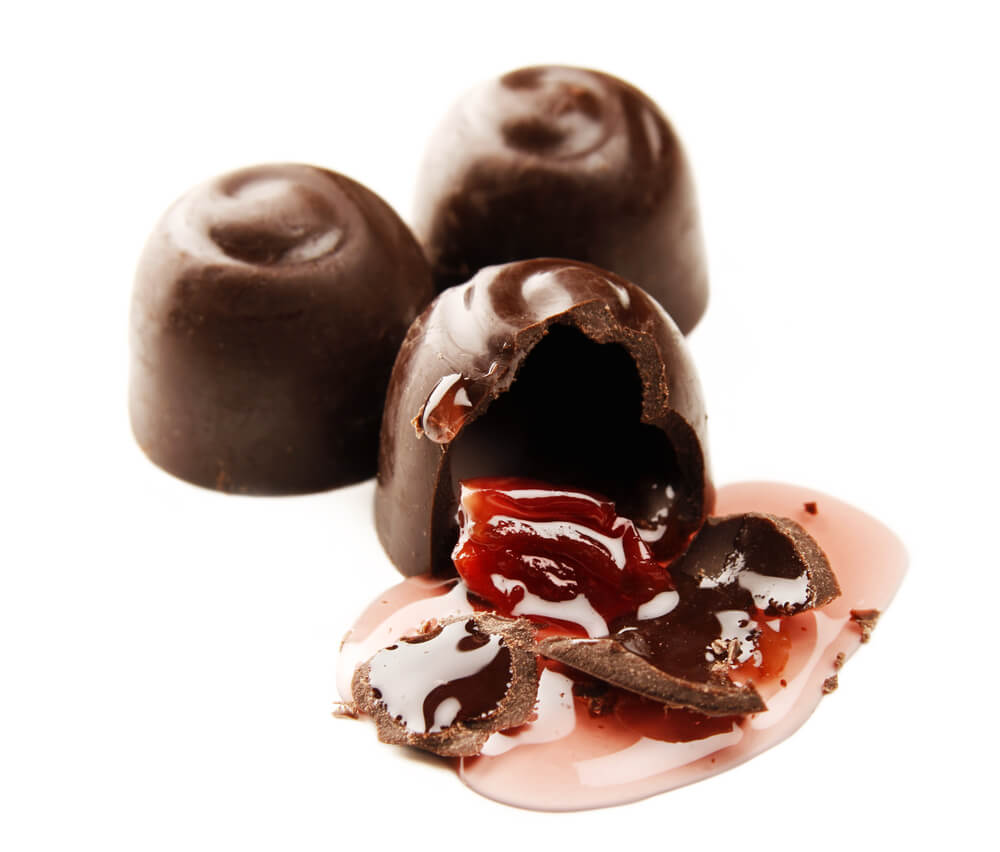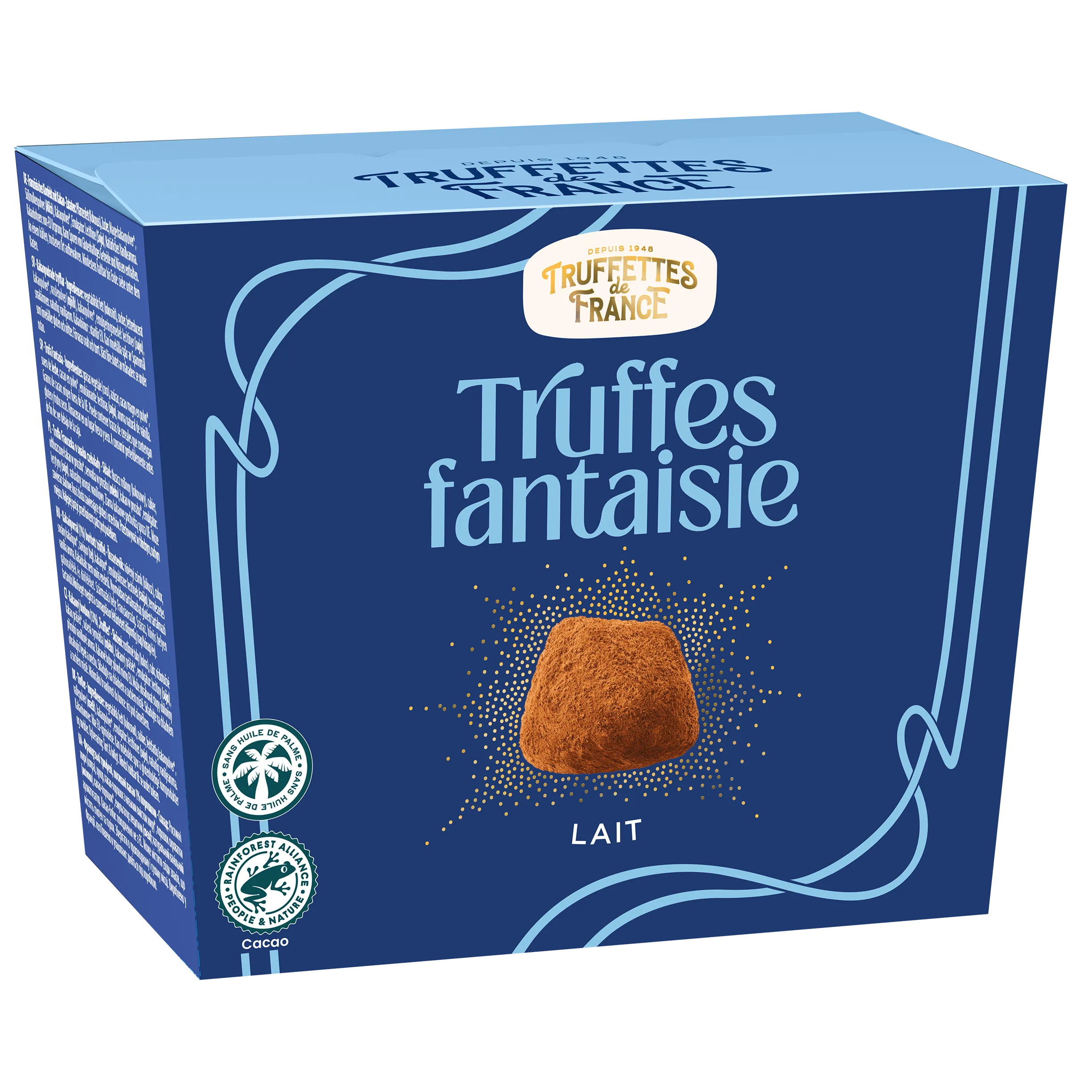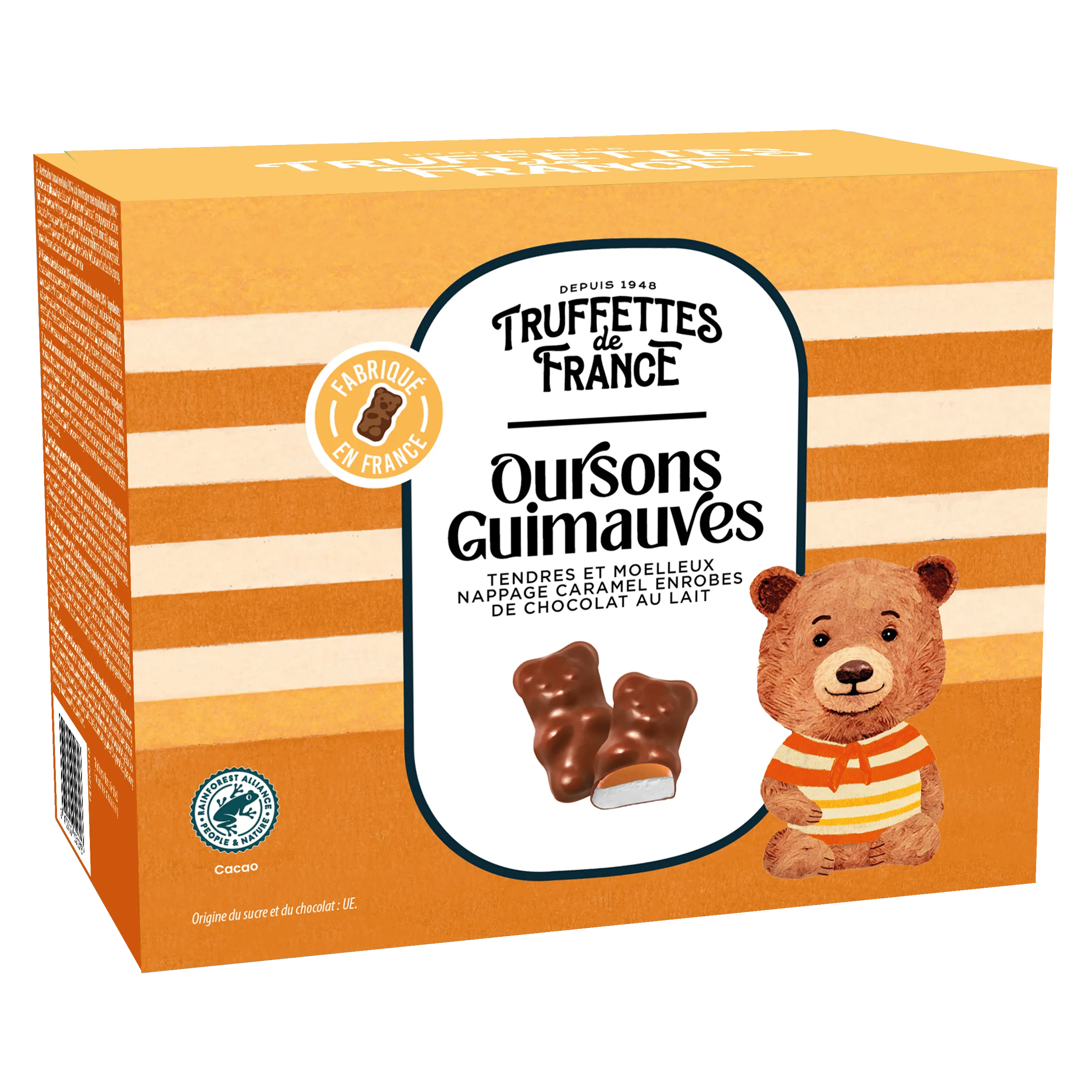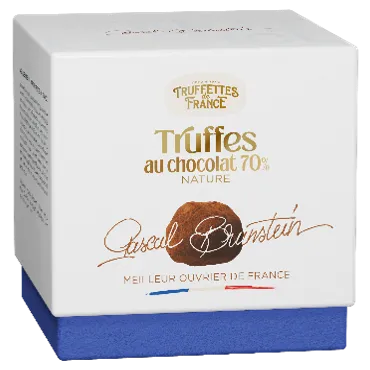Definition : Guinette

Guinette is a term that can describe many different things. Here, we take a look at the guinette as a fruit, its transformation into a famous brandy, and its use in the world of dark chocolate. So, without further ado, let's dive into the surprising and delicious world of guinette.
The guinette as a fruit
First of all, the guinette is a small fruit that looks a lot like an ordinary cherry. It's actually a specific type of cherry called"Prunus cerasus". The guinette is mainly grown in certain French regions such as the départements, but also in neighboring countries such as Belgium and Germany. Its skin is slightly darker than that of conventional cherries, with a violet tinge. The flesh is also juicier, sweeter and slightly acidic.
How to recognize a guinette?
- Size: Guinettes are generally slightly smaller than ordinary cherries, with a diameter of around one centimeter.
- Color: The skin of guinettes is dark, almost black for ripe fruit. Classic cherries are usually bright or dark red.
- Taste: If you're lucky enough to be able to taste them, guinettes are sweeter, juicier and slightly more tart than regular cherries.
As these characteristics can vary according to growing conditions and the fruit's stage of ripeness, the best way to know if you're dealing with a guinette is to taste it for yourself!
Guinette in brandy form
In addition to its use as a fruit, the guinette is also transformed into a popular brandy called"kirsch". This alcoholic beverage is obtained by distilling the fermented fruit. Its name comes from two German words: "Kirsche", meaning cherry, and "wasser" (water), conveying the idea of "cherry water". Kirsch is traditionally consumed in German-speaking countries such as Germany, Switzerland and Austria, but also in France and Belgium.
Kirsch production
Kirsch is produced in several stages:
- Harvesting: between June and August, growers harvest the fruit at the ideal moment for ripening.
- Fermentation: The guinettes are then placed in vats, where they ferment thanks to the presence of yeast and natural sugars. This stage lasts around two weeks.
- Distillation: Once fermentation is complete, the fruit is distilled to separate the alcohol from the rest of the mixture. The result is a colorless, transparent eau-de-vie with a pronounced cherry flavor.
- Ageing : Kirsch is then aged in oak or beech barrels for a few months to refine its taste and obtain its characteristic amber color.
Tasting kirsch
Kirsch can be enjoyed in a variety of ways:
- Pure: served chilled in a liqueur glass, it is best enjoyed as is to fully appreciate its fruity aromas.
- In cocktails: it goes perfectly with other ingredients such as orange juice, grenadine syrup or lemonade.
- In the kitchen: kirsch is often used to flavor pastries such as fromage blanc cakes, charlottes or chocolate fondues.
Guinette in dark chocolate form
Guinette has also become famous for its encounter with dark chocolate. Indeed, some of the world's leading chocolate houses offer chocolate bonbons filled with guinette. These are commonly knownas "guinettes" or"kirsch cherries". These confections are highly prized for their subtle combination of the fruity, slightly tart flavor of guinettes and the characteristic bitterness of dark chocolate.
Making chocolate guinettes
These delicious confections are made in the following stages:
- Soaking: first, the guinette cherries are carefully selected and soaked in kirsch for several days to absorb its aromas.
- Glazing: next, the drained guinettes are dipped in cooked and rapidly cooled sugar to obtain a crunchy, translucent glaze, which also helps preserve the fruit.
- Coating: finally, after drying for a few hours, the glazed guinettes are coated with a thick layer of quality dark chocolate, which enhances their taste and preservation.
So it's clear that the guinette holds an important place in gastronomy, from simple fruit to the famous kirsch brandy and succulent chocolate confectionery. The guinette has not finished surprising us with its versatility and delicious flavours!





